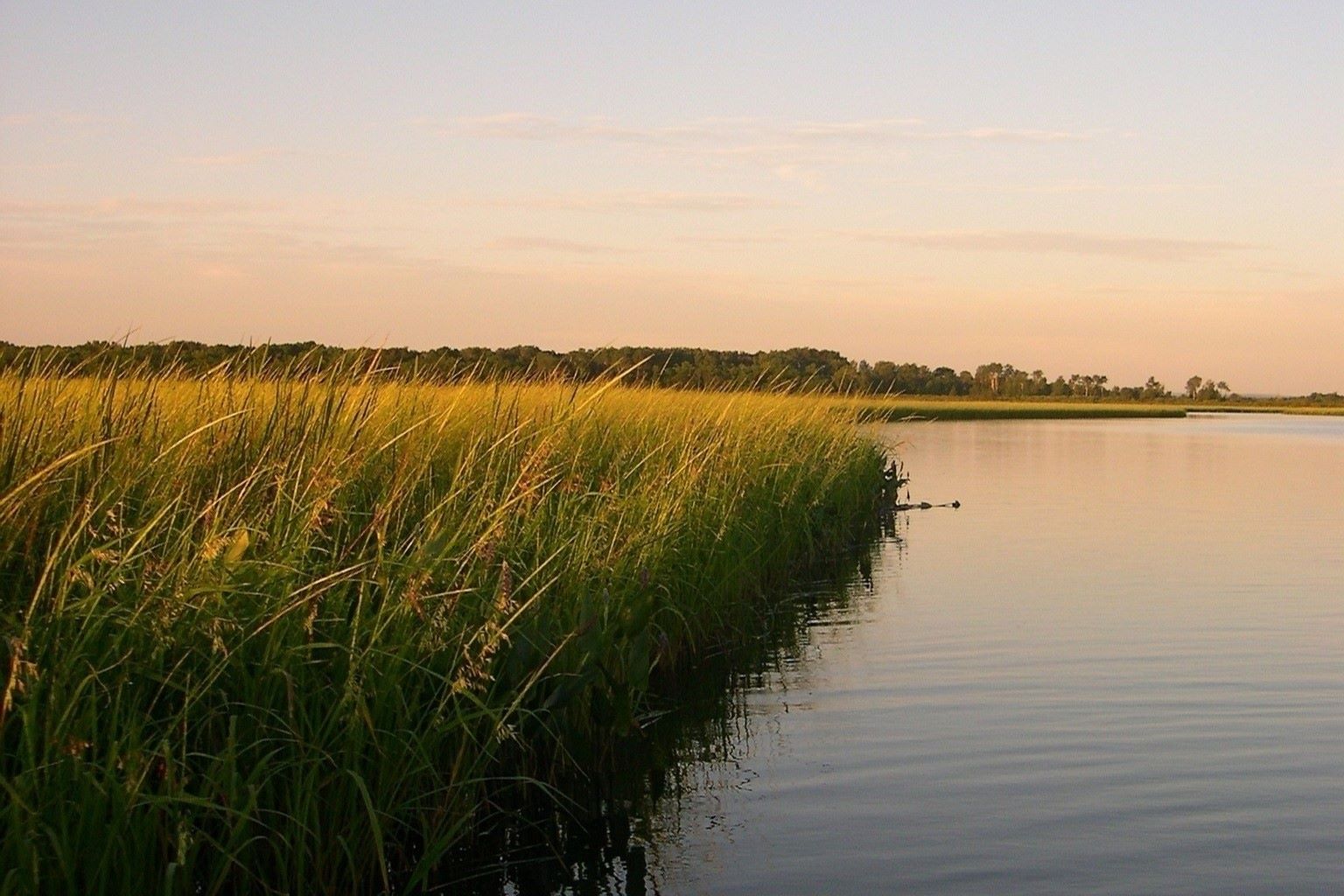Hidden Wild Rice Beds Of The Great Lakes

Have you ever wondered where to find the hidden wild rice beds of the Great Lakes? These natural treasures offer a glimpse into the rich history and culture of the region. Wild rice, or "manoomin" as the Native American tribes call it, grows in shallow waters and marshes. It's not just a food source but a symbol of life and sustenance. Exploring these areas can feel like stepping back in time. Imagine paddling through calm waters, surrounded by tall grasses, while the sun sets on the horizon. Whether you're a nature lover or a history buff, the wild rice beds provide a unique experience you won't forget.
Discovering the Hidden Wild Rice Beds of the Great Lakes
The Great Lakes region is home to some of the most pristine and untouched wild rice beds in North America. These hidden gems not only offer a glimpse into the natural beauty of the area but also provide a rich cultural history. Let's explore some of the best spots to find these hidden wild rice beds.
1. Chequamegon Bay, Wisconsin
Chequamegon Bay is a stunning location on Lake Superior's southern shore. Known for its crystal-clear waters and lush landscapes, this bay is also home to some of the most abundant wild rice beds in the region. The rice beds here are easily accessible by kayak or canoe, making it a perfect spot for a day trip.
2. Rice Lake, Minnesota
Rice Lake, located in the heart of Minnesota, is aptly named for its extensive wild rice beds. This lake is a popular destination for both locals and tourists looking to experience the natural beauty and cultural significance of wild rice harvesting. The calm waters and serene surroundings make it an ideal spot for a peaceful paddle.
3. St. Louis River Estuary, Minnesota
The St. Louis River Estuary is a unique ecosystem that provides a perfect habitat for wild rice. This area is a mix of freshwater and brackish water, creating an ideal environment for the growth of wild rice. The estuary is also a great place for birdwatching, with numerous species of waterfowl and other wildlife.
4. Manitoulin Island, Ontario
Manitoulin Island, the world's largest freshwater island, is located in Lake Huron. The island is home to several wild rice beds, particularly in the smaller lakes and wetlands scattered throughout the island. The rich cultural history of the indigenous peoples who have harvested wild rice here for centuries adds an extra layer of significance to this beautiful location.
5. Keweenaw Bay, Michigan
Keweenaw Bay, situated on the southern shore of Lake Superior, is another fantastic spot for wild rice enthusiasts. The bay's shallow waters and protected coves create an ideal environment for wild rice to thrive. The surrounding forests and rugged coastline make this a picturesque destination for nature lovers.
6. Bad River Reservation, Wisconsin
The Bad River Reservation, located along the shores of Lake Superior, is home to some of the most well-preserved wild rice beds in the Great Lakes region. The reservation's commitment to preserving and protecting these natural resources ensures that the wild rice beds remain healthy and abundant. Visitors can learn about the cultural significance of wild rice to the local Ojibwe people while exploring this beautiful area.
7. Lake of the Woods, Minnesota
Lake of the Woods, straddling the border between Minnesota and Canada, is a vast and remote body of water with numerous wild rice beds. The lake's many bays and inlets provide a perfect habitat for wild rice, making it a popular destination for paddlers and nature enthusiasts. The area's remote location ensures a peaceful and serene experience.
8. Georgian Bay, Ontario
Georgian Bay, part of Lake Huron, is known for its rugged beauty and pristine waters. The bay is home to several wild rice beds, particularly in the sheltered bays and inlets. The stunning landscapes and abundant wildlife make Georgian Bay a must-visit destination for anyone interested in exploring the hidden wild rice beds of the Great Lakes.
9. Lac Vieux Desert, Michigan/Wisconsin
Lac Vieux Desert, straddling the border between Michigan and Wisconsin, is a beautiful and remote lake with extensive wild rice beds. The lake's clear waters and lush surroundings make it an ideal spot for a peaceful paddle. The rich cultural history of the area adds an extra layer of significance to this hidden gem.
10. Rainy Lake, Minnesota/Ontario
Rainy Lake, located on the border between Minnesota and Ontario, is a vast and remote body of water with numerous wild rice beds. The lake's many bays and inlets provide a perfect habitat for wild rice, making it a popular destination for paddlers and nature enthusiasts. The area's remote location ensures a peaceful and serene experience.
Discovering the Hidden Wild Rice Beds
Exploring the hidden wild rice beds of the Great Lakes offers a unique glimpse into nature's beauty and history. These areas are not just scenic spots but also vital ecosystems supporting diverse wildlife. Visiting these beds, you can learn about the cultural significance of wild rice to Indigenous communities. It's a chance to appreciate the delicate balance of these habitats and the efforts to preserve them. Whether you're a nature enthusiast or just looking for a peaceful retreat, the wild rice beds provide a serene escape. Remember to respect the environment and follow local guidelines to ensure these natural treasures remain for future generations. So, pack your bags, grab your camera, and head out to experience the hidden wonders of the Great Lakes' wild rice beds.

